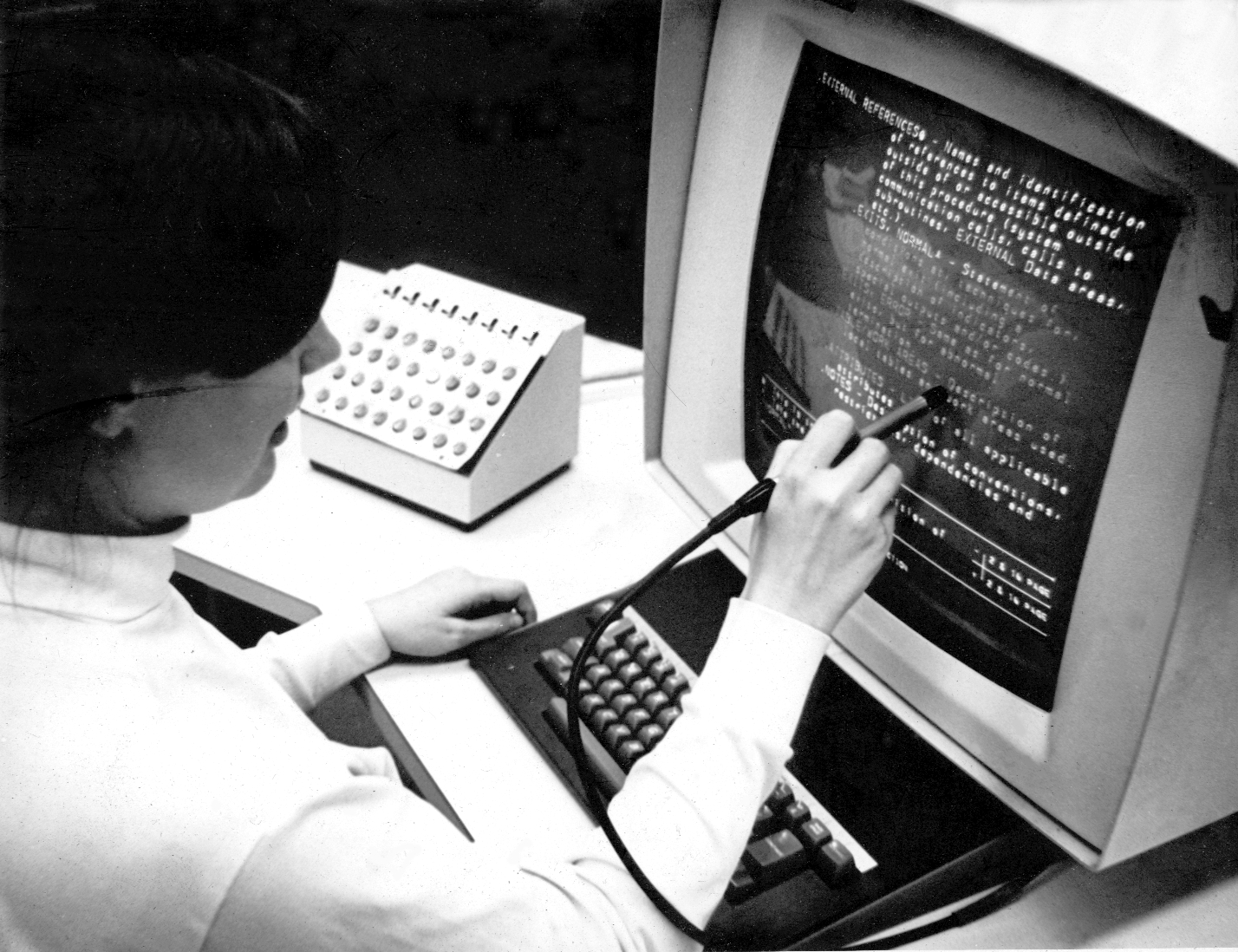A commentary on the origin and nature of hypertext
This week’s reading mainly focuses on the origin and nature of hypertext. Today Internet and www are greatly influenced by Vannevar Bush’s article of 1945, “As We May Think”. This article laid the foundation of the modern hypertext. In his paper Bush expressed his concern about the negative implications of scientific warfare and calls upon a need of a new technology that could help solve the problems of post-war society. He claimed that “methods of transmitting and reviewing the results of research are generations old and by now they are totally inadequate for their purpose”.
No discussion of about the history of hypertext is complete without mentioning Nelson who shaped the legacy of Bush. According to him, “the World Wide Web was not what we were working toward, it was what we were trying to prevent. The Web displaced our principled model with something far more raw, chaotic and short sighted. Its one-way breaking links glorified and fetishized as ‘websites’ those very hierarchical directories from which we sought to free users, and discarded the ideas of stable publishing, annotation, two-way connection and trackable change” (Nelson, 1999, Pg 3). A hypertext system has progressed over the past 20 years and has change our way of thinking. I feel that with the integration of visual cues students feel less disoriented as they are fascinated with other multimedia features. One of the other biggest benefits that I have noticed is the active engagement. Since hypertext can provide meaningful connections therefore students become more focused toward their research topics. This can help them in acquiring deeper understanding and facilitate student collaboration. Working as a literacy mentor in my school, I feel that hypertext facilitate literacy, as it can be helpful for student’s reading and writing. It can also provide them knowledge on how to gather and evaluate the text and use the information effectively. That being said, I have also noticed that there are students who still prefer using books, encyclopaedias or other traditional methods as they might find themselves lost within hypertext system and feel overwhelmed with the load of information. According to Bolter (pg.33), “in the late age of print, however, we are concerned not that there is too much in our minds to get down on paper, but rather that there is too much information held in electronic media for our minds to assimilate”. Therefore in order to survive in this digital age it is critical that we teach our students the skill on how to gauge information so that they can create connection from reliable sources.
Last but not least, though there are concerns that hypertext will replace print for the future generations but Bolter (p. 46) is optimistic and claims, “In this late age of print, the two technologies, print and electronic writing, still need each other. Print forms the tradition on which electronic writing depends, and electronic writing is that which goes beyond print. Therefore in short, electronic hypertext is not the end of print; it is instead the remediation of print.
Reference:
Bolter, J. D. (2001). Writing space: Computers, hypertext, and the remediation of print. Routledge.
Bush, V. (1945). . “As We May Think.”
Englebart, Douglas. (1963). A conceptual framework for the augmentation of man’s intellect. In Hawerton, P.W. and Weeks, D.C. (Eds), Vistas in information handling, Volume I: The augmentation of man’s intellect by machine. Washington, DC: Spartan Books.


After reading Englebert’s conceptual framework, I can see how Nelson finds the World Wide Web chaotic; however I do not agree with him that the cause of this is shortsightedness but rather the difficulty to mimic the human thinking process through artificial means like hypertexts. A large part of the human brain is still a mystery and is quite complicated, which makes it a daunting task to represent artificially using technology. In fact, the complexity of the human conceptual framework is revealed when Englebert states,
“There are dynamic electro-optical-mechanical processes associated with the function of our artifacts, as well as metabolic, sensory, motor, and cognitive processes of the human, which we find to be relatively fundamental components within the structure of our H-LAM/T system—and each of these seems truly to be ultimately based (to our degree of understanding) upon the basic physical processes. But at the level of the capability hierarchy where we wish to work, it seems useful to us to distinguish several different types of structuring. We use the terms “mental structuring,” “concept structuring,” “symbol structuring,” “process structuring,” and “physical structuring.” (Englebart, 1963, p.31)
I agree with you that we have changed our way of thinking by creating a hypertext system. In addition, the hypertext system made us all become epistemologist which helps us reflect on and understand the way we think. By doing so, we can actively begin to build our knowledge even further using this foundational knowledge. This is similar to how programming a computer allows a child to explore how they think and the act of ‘teaching’ the computer helps the individual learn the material in more depth.
Englebart, D. (1963). A conceptual framework for the augmentation of man’s intellect. In Hawerton, P.W. and Weeks, D.C. (Eds), Vistas in information handling, Volume I: The augmentation of man’s intellect by machine. Washington, DC: Spartan Books.